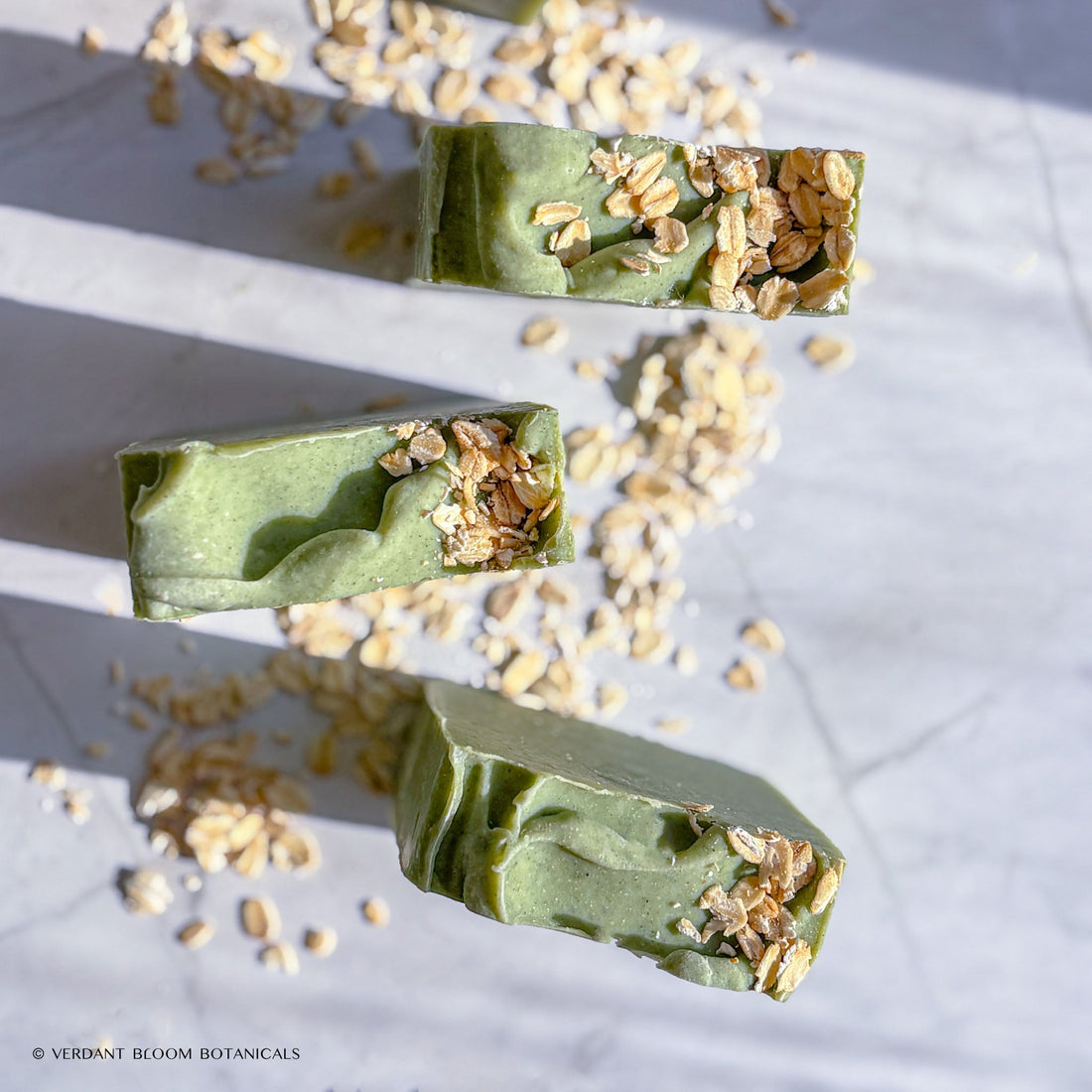
The Cold Process Soap Making Method: A Comprehensive Guide
Share
The Cold Process Soap Making Method: A Comprehensive Guide
Cold process soapmaking is a classic and satisfying way to create your own soap from scratch. It might sound a little technical at first, but don’t worry—we’ll walk you through it step by step. This method doesn’t use heat to cook the soap; instead, it lets a natural chemical reaction between oils and lye (called saponification) do all the work.
The best part? You have full control over the ingredients, colors, scents, and textures, so every batch is completely your own. In this guide, you’ll learn everything you need about cold process soapmaking to get started making beautiful, nourishing soaps at home.
Understanding the Basics of Cold Process Soapmaking
Before beginning your soap-making journey, it's essential to understand the fundamental principles of cold process soap making. Let's break down the key components and steps involved:
Key Ingredients
Oils & Fats:
These are what make up the base of your soap. Common choices like olive oil, coconut oil, and palm oil each bring something special, like gentle cleansing or rich lather.
Lye (Sodium Hydroxide):
A strong alkali that reacts with the oils to create soap. Lye is a crucial component and must be handled with extreme caution. Always wear appropriate safety gear and work in a well-ventilated area.
Water:
Used to dissolve the lye and create a lye solution. The amount of water used affects the consistency and trace of the soap batter.
Additives (Optional):
These can include essential oils for fragrance, herbs for their therapeutic properties, clays for color, and other natural ingredients for specific benefits.
What is Saponification?
Saponification is the chemical reaction at the heart of cold process soapmaking. It happens when you mix an alkali—usually sodium hydroxide, also called lye, (for bar soap) or potassium hydroxide (for liquid soap)—with fats or oils. These oils are made up of triglycerides, which are molecules containing glycerin and fatty acids. When the lye (alkali) breaks apart these molecules, the fatty acids react with the lye to form soap, and the glycerin is released as a natural byproduct. This is why handmade soaps often feel more moisturizing—they still contain all that skin-loving glycerin!
The reaction needs the right balance of ingredients to fully turn all the lye and oils into soap. If there's too much lye, the soap can be harsh; if there's too much oil, the soap may feel soft or oily. That’s why using a digital scale and following a tested recipe is so important.
The mixture goes through a stage called “trace,” when it thickens like pudding—this means the oils and lye have started to bond. From there, the soap is poured into molds and, in cold process soapmaking, it cures for 4–6 weeks while the saponification fully finishes and the soap hardens.
The Cold Process Soap Making Process
Now that we've covered the basics, let's explore the step-by-step process of making cold process soap:
1. Calculating Your Recipe
The first step is to carefully calculate your soap recipe. Using a soap-making calculator (like this one with Soapmaking Friend), you can determine the precise amounts of oils, lye, and water needed to create a balanced soap that meets your desired properties.
2. Safety Precautions
Safety is paramount in soap making. Always work in a well-ventilated area, wear gloves, eye protection, and a respirator when handling lye. Never use metal utensils to handle lye as it can cause a chemical reaction.
3. Preparing the Lye Solution
In a heat-resistant container, carefully add lye to the water, stirring until it dissolves completely. The lye solution will generate heat, so allow it to cool to room temperature before proceeding.
4. Heating and Blending the Oils
Heat your oils gently to a temperature slightly warmer than room temperature. This helps them to blend more easily and ensures a smooth soap batter.
5. Mixing the Lye Solution and Oils (Saponification)
Slowly pour the cooled lye solution into the heated oils, while continuously blending with an immersion blender. This process begins the saponification reaction and creates a soap batter. The batter will thicken and eventually reach a point known as 'trace,' where it leaves a visible trail on the surface when stirred.
6. Adding Additives
Once the soap batter reaches a light trace, add your chosen additives, such as essential oils or herbs. Stir gently to distribute them evenly. If adding colorants, you may need to adjust the consistency of the batter by adding a small amount of water or oil.
7. Pouring the Soap
Pour the soap batter into your chosen mold. Use a spatula or scraper to ensure all the batter is transferred and to remove any air bubbles.
8. Curing the Soap
The soap needs to cure for several weeks to completely saponify in cold process soapmaking This involves allowing the soap to dry and harden. The curing period is essential to ensure the soap is gentle on the skin and to achieve optimal bar hardness.
Tips for Success
To ensure a successful cold process soap making experience, follow these tips:

Your Soapmaking Journey Begins Here!
Cold process soapmaking is a joyful and creative journey—one where you get to make something truly special with your own hands. With a little patience, a good understanding of the basics, and a focus on safety, you’ll be able to create beautiful, skin-loving soaps that reflect your personal style. Whether you’re making them for yourself, as gifts, or even as a future business idea, each bar is a little work of art.
You’ve got everything you need to get started—so take a deep breath, trust the process, and enjoy every step of the way!

